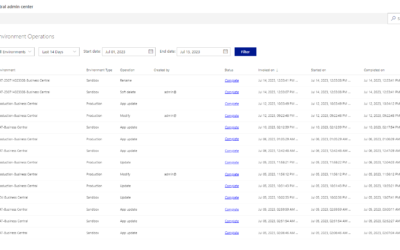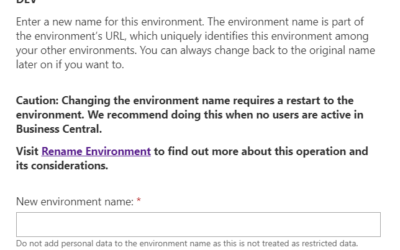With release 23.3, Microsoft completed the global rollout of concurrency JQ limit changes first introduced last year! Instead of a per-environment limit, Microsoft has shifted the focus to users (or Microsoft Entra Apps). Now, you can create more scheduled tasks per user, dynamically scaling your workload. The more users you have, the more tasks you can simultaneously run!
How to get max from this change
Why Spread Job Queues?
When managing job queues in Microsoft Dynamics 365 Business Central, consider distributing the workload across multiple users. By doing so, you enhance fairness, resource utilization, and overall system performance.
Distributing job queues across multiple users ensures fairness. No single user monopolizes the queue, leading to better task responsiveness. Furthermore, from the design perspective, running all job queues under one (IT) account is not a good practice. The job queue should always be run by a user responsible for the process – do you need to generate invoices? Let the accountant who is responsible for the job queue configuration and invoice verification run it.
Additionally, ensure that users have appropriate permissions for their specific tasks. Avoid granting excessive permissions to prevent security risks. When a user initiates a job queue, they become the owner of the scheduled tasks within that queue. If a task fails and is subsequently restarted by a different user, it will run under the new user’s credentials. These practices contribute to efficient task execution and streamlined queue management.
Other planned changes, not yet live
This is not the only planned change (but as of the 1st of February, it’s the only one active for production environments). The other changes are:
- Limits for Web Service Requests:
- Old Limit: 600 web service requests per environment per minute.
- New Limit: You can submit up to 6,000 web service requests per user in the previous 5-minute sliding window
- Concurrency Limit for Web Service Requests:
- Old Limit: 100 concurrently handled (5 processed, 95 queued) web service requests per environment.
- New Limit: Each user can handle 100 concurrent web service requests (5 processed, 95 queued) simultaneously
There is no official information on when these limits will be applied for production environments, but I’m expecting all these changes in Q1 2024 or at the beginning of Q2 2024!










